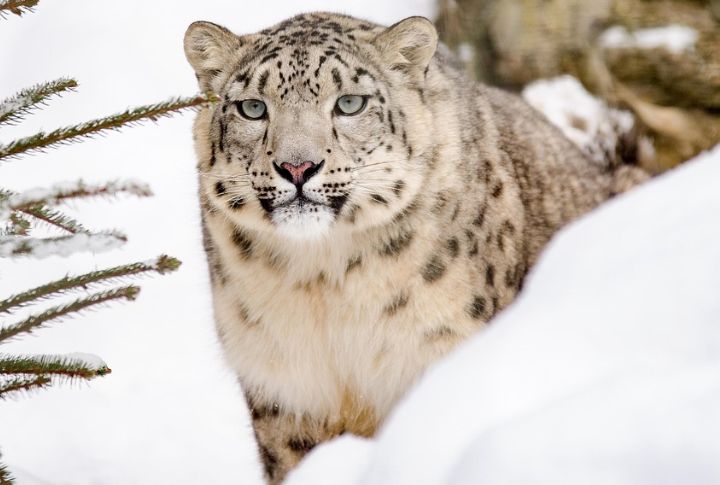
High in the frozen reaches of the Himalayas, you’ll find the Snow Leopard. They are the perfect examples of the remarkable power of nature and its adaptations, and thrive against all odds of subzero cold and punishing terrain. If you’re wondering what makes this elusive predator so perfectly suited to one of Earth’s harshest environments, let’s take a look.
Fur That Feels Like Armor
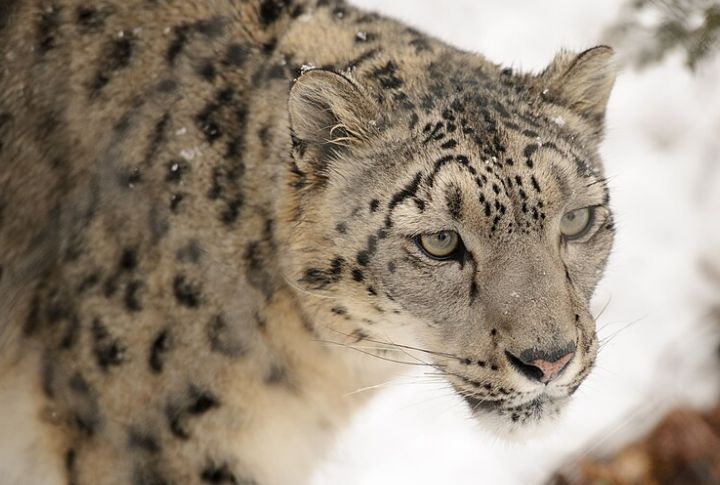
Their fur grows up to 12cm thick and includes a woolly underlayer that locks in warmth even at –40 °C. These animals can wrap their furry tails around their faces like scarves, and even their paw pads are fur-covered, thus acting as built-in snowshoes.
Anatomy Adapted For Comfort
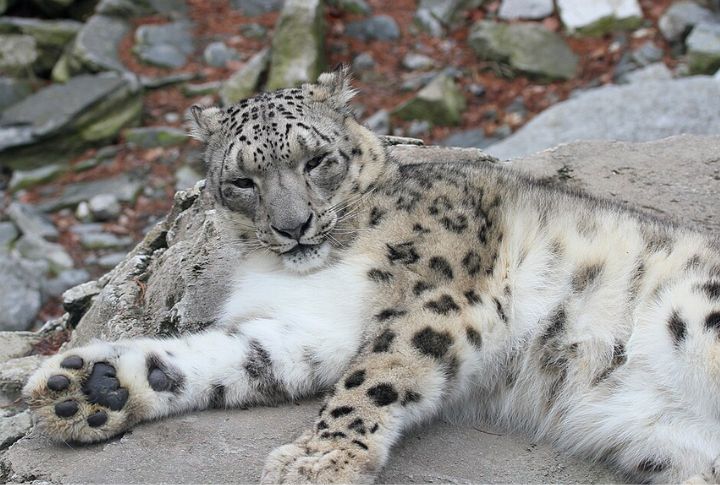
Short, rounded ears minimize heat loss, while a stocky frame, compact body, and thick skin reduce exposed surface area to conserve warmth. Their broad, snowshoe paws spread weight and grip rocky slopes with ease, even on steep Himalayan cliffs.
Nasal Superpowers For Thin Air
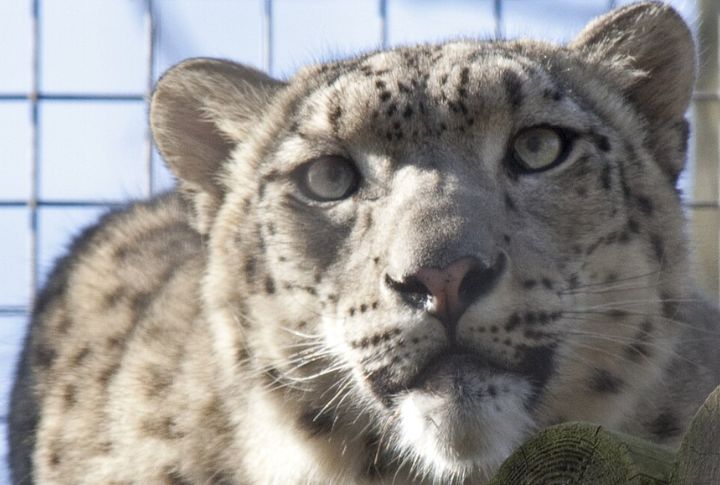
They inhale through wide, short nasal passages, which warm and humidify frigid air before it hits their lungs, essential for survival at 5,000m. Their lung capacity and efficient oxygen transport also support their metabolism and agility in low-oxygen terrain.
Metabolic Heat On Demand
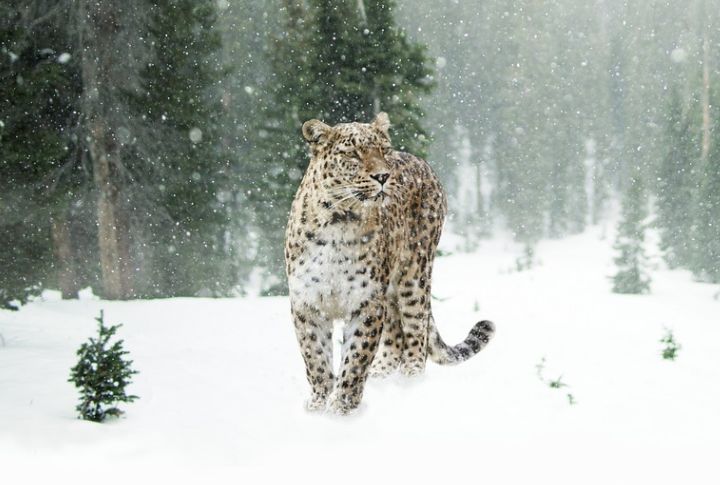
Snow leopards boost their basal metabolic rate to generate extra body heat during extreme cold or activity. They store fat seasonally, and the reserves add insulation and energy for lean winter months, ensuring survival even when prey is scarce.
Use Rock Caves For Hunting And Rest
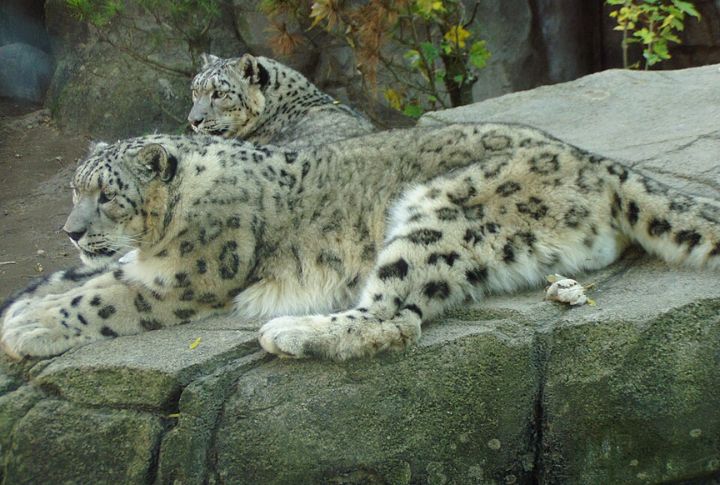
Not only do rocky caves shelter the leopards from the elements, but they also provide a good vantage point for observing their surroundings while conserving energy. These locations facilitate both rest and ambush hunting strategies.
Leap Masters Of The Himalayas
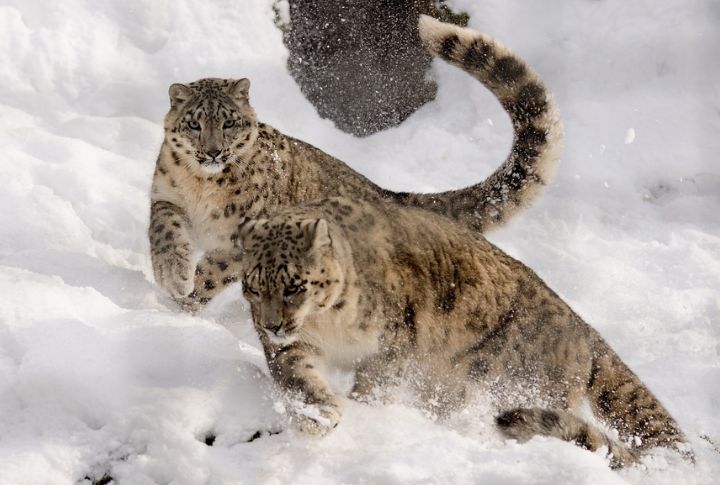
Thanks to their powerful hind legs, snow leopards can leap up to 15m horizontally and 6m vertically. This skill enables them to ambush prey from both above and across crevasses and is an essential adaptation for surviving rugged and vertical terrain.
Camouflage That’s Mountain-Ready
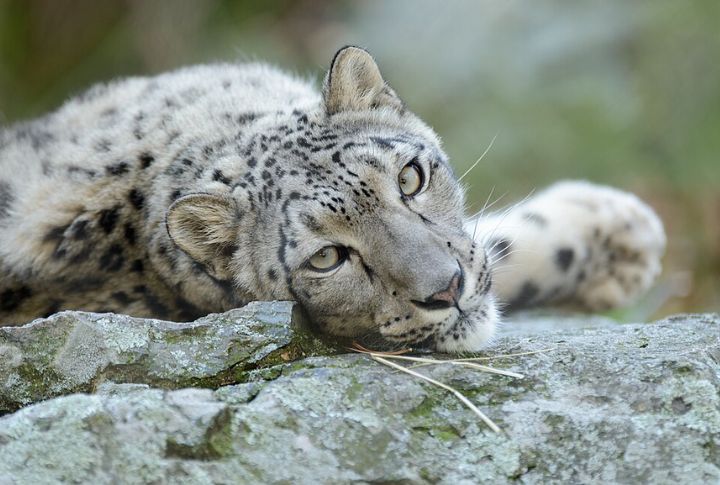
The smoky-gray coats of Snow Leopards blend seamlessly into rocky terrain and snow alike. Their camouflage is so effective that researchers and nomads call them “ghosts of the mountains,” as they often go unnoticed until the very last moment.
Stealthy But Low-Energy Hunters
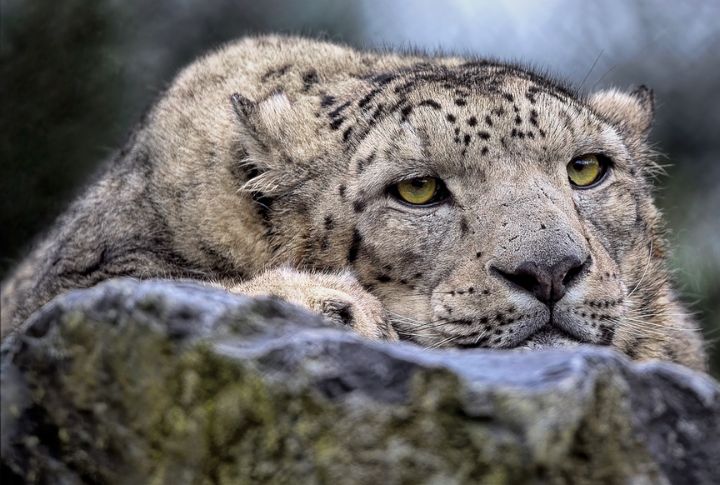
Snow leopards conserve energy by being active during twilight hours and resting for most of the day. Thanks to their ambush-hunting tactics, they strike fast and efficiently. This avoids long chases in the cold that would otherwise drain vital energy reserves.
Vocalizations Built For Altitude
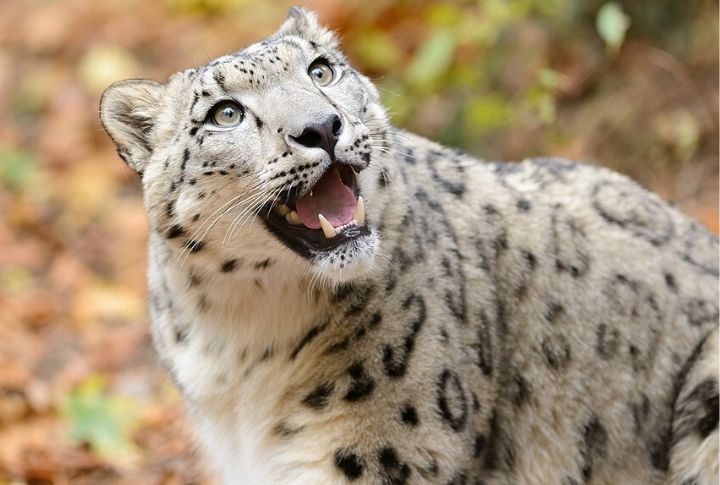
Instead of roaring, Snow Leopards communicate through growls, hisses, and a loud chuffing sound called a “prusten.” This sound carries well in thin mountain air and icy lands without alerting distant prey like a roar might.
Bone Marrow That Works Overtime
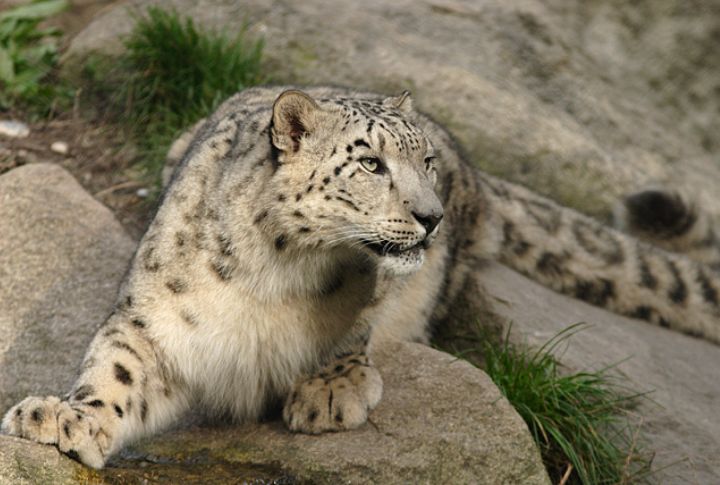
Even at rest, a snow leopard’s bone marrow produces heat-generating blood cells to maintain core temperature. It’s an internal furnace that helps sustain warmth during prolonged stillness, such as while stalking prey or sheltering in icy caves.

